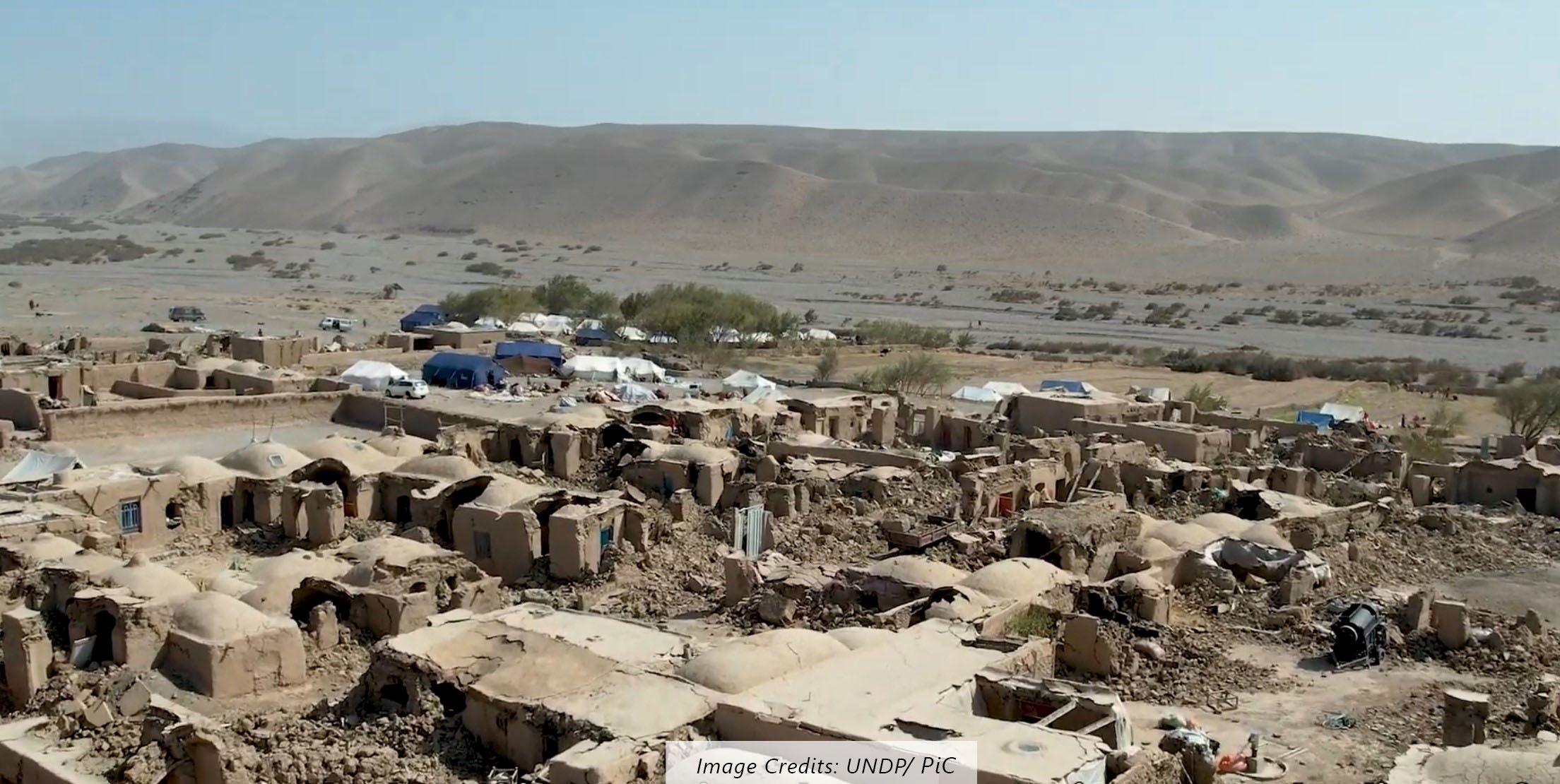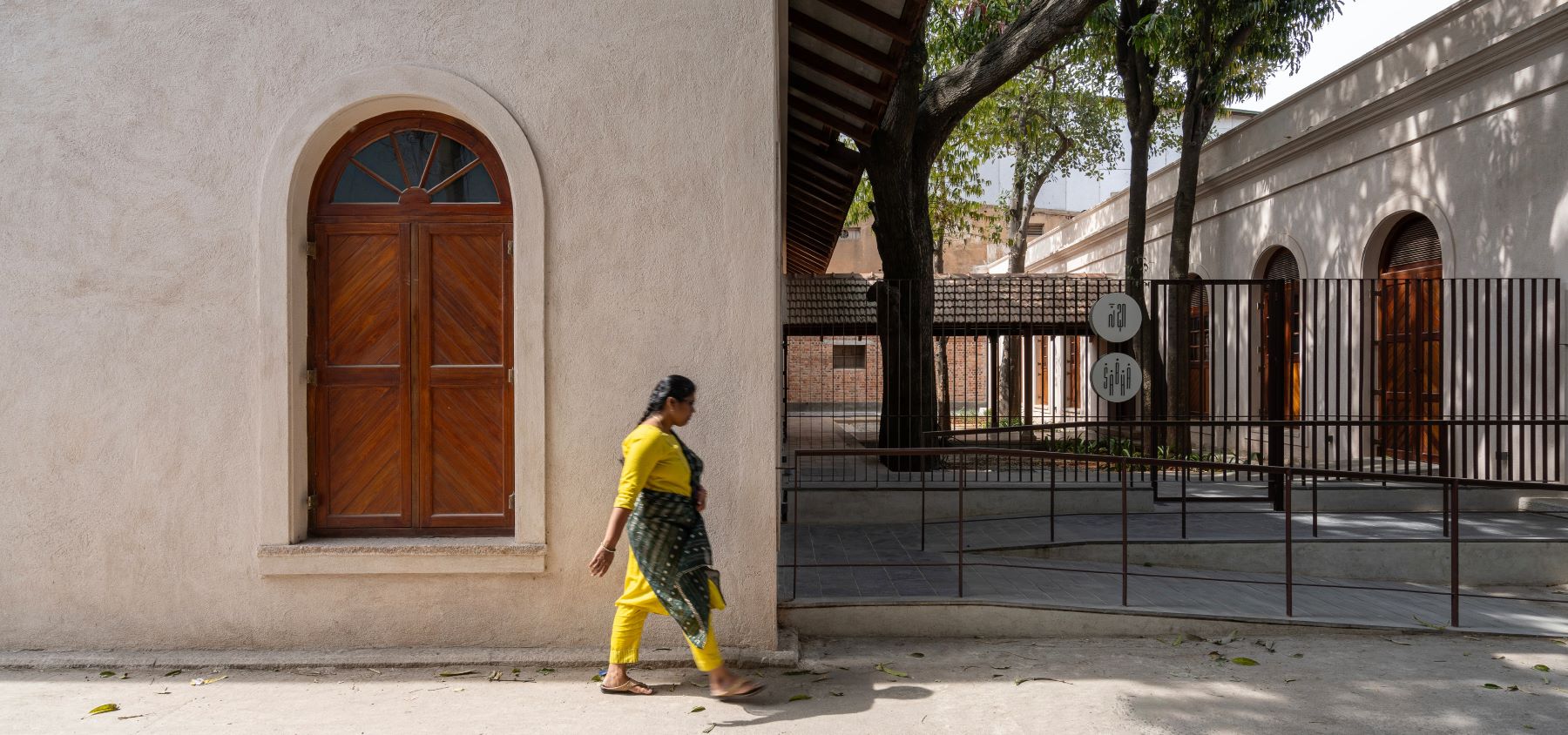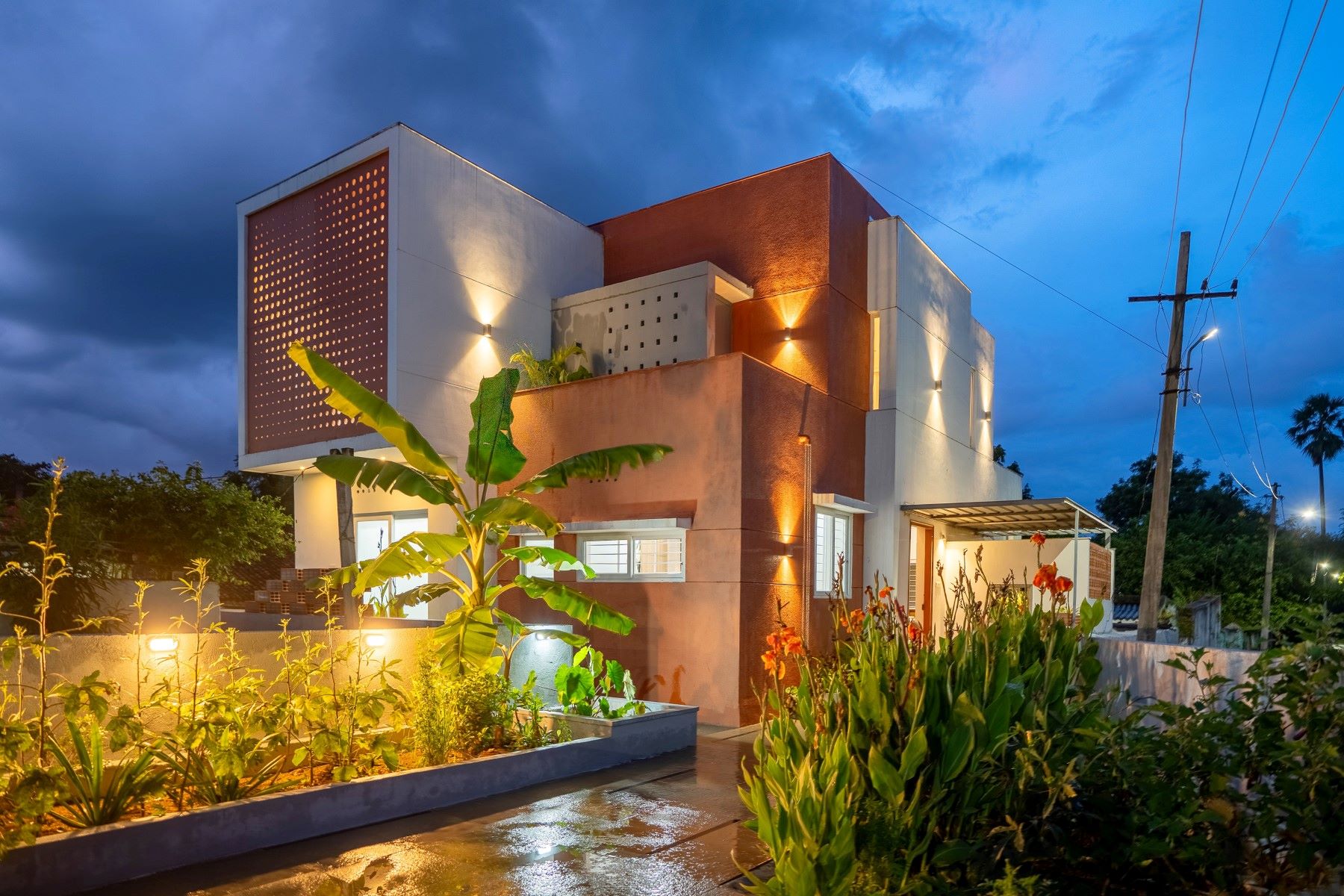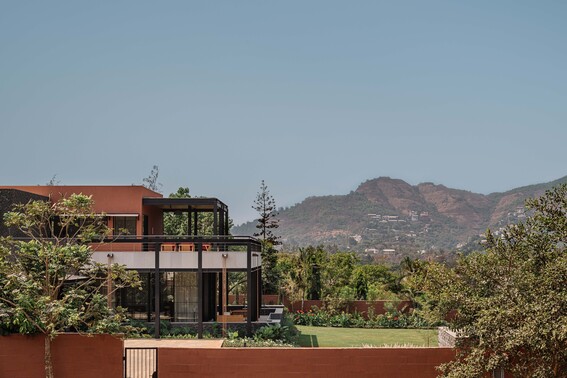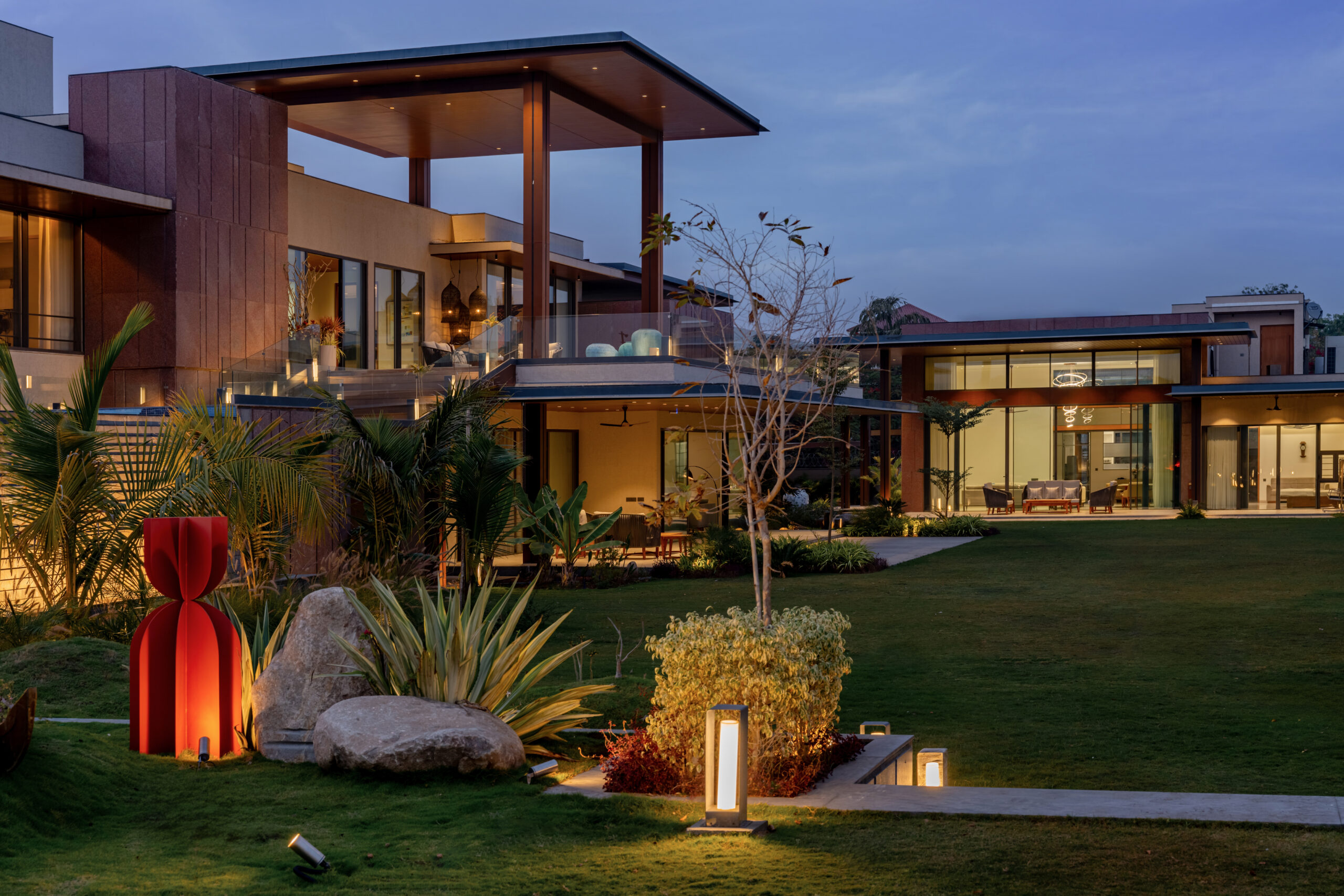91 RESIDENCES ExTENDed, the sequel to +91 RESIDENCES, continues the documentation through photographs, sketches, drawings, models featuring 49 independent dwellings across India (2000-2011) and ten essays by architects.
Book Size – 21cm x 29cm
Pages – 147 with drawings and illustrations in colour.
Price Rs. 1800/- payable at Bangalore by cheque / DD of in favour of ‘Incite’. Please include courier charges per book as below if you wish to receive your copies by courier.
| Destination | Courier Charges per book |
| Bangalore | Rs.100/- |
| South India [Karnataka, Tamil Nadu, Kerala, Andhra Pradesh & Telangana] | Rs.200/- |
| Other states within India | Rs.300/- |
To place an order, please contact Incite by phone or email for our bank details for online transfer.
Address: # 422, 1st Floor, 9th Main, Banashankari II Stage
Bangalore 560 070 India
Phone: + 91 80 2671 3380
Email : connect@incite.co.in







